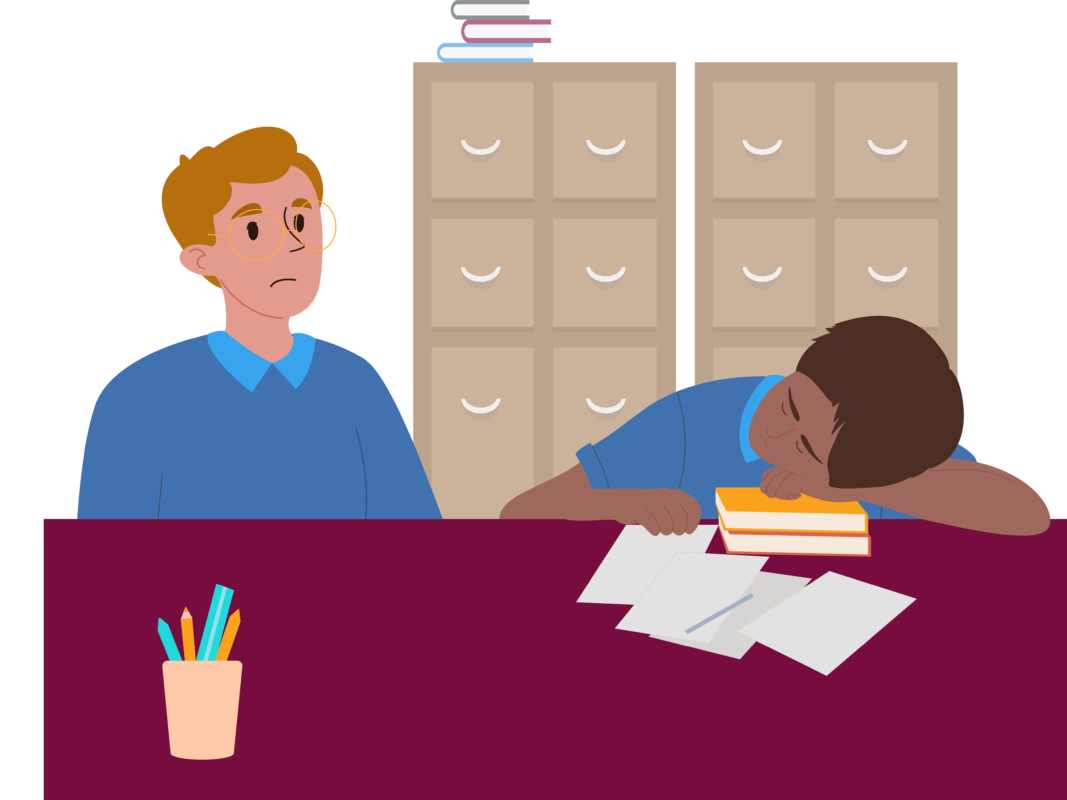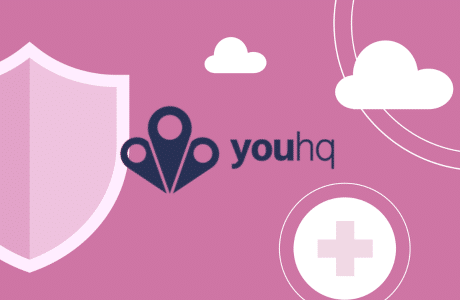Returning to school after the holidays can be daunting for young people and staff alike. But after spending so much time away, it’s a great opportunity to focus on student safeguarding and wellbeing.
In this article we’ll offer some insight into the importance of focusing on pupil wellbeing after an extended break, and how CPOMS can help you do just that.
Why pupil wellbeing is in flux after the holidays
The start of a new term is always a hectic time in schools as you welcome students and staff back from their holidays.
For many students, an extended break from school can be a challenging time. Simple things like a change in routine or not seeing their friends for a prolonged period can impact their general wellbeing. However, challenges can be a lot more serious for some students, particularly if there are domestic troubles at home or financial issues which affects food being on the table.
Research from Cardiff University revealed that children from poorer backgrounds were likely to spend time with their friends and engage in physical activities when they went back to school after the summer break. They also reported feeling lonely and hungry over the school break.
Identifying and monitoring safeguarding concerns when students return to school is critical to making timely interventions.
Time away from school and learning also means safeguarding leads are unable to keep an eye on at-risk pupils.
Watch out for key changes in behaviour or appearance
Changes or stresses at home during the extended break may impact a student’s wellbeing or development. It’s critical that your staff take note of any changes that could cause concern, no matter how small.
Some of the key things to look out for are:
- Changes in appearance and hygiene
- Frequent absences
- Withdrawal from social circles and friends
- Wanting to spend time alone
- Becoming angry easily
- Becoming more disruptive in class
- Not being able to concentrate
- Seeming very tired during school hours
It is also not uncommon for school breaks to impact friendships – whether that’s because some students haven’t seen each other for some time or new friendships have formed or strengthened. It’s important to keep an eye out for any potential friendship issues such as exclusion (being left out) or bullying.
Record any changes you notice
Keeping a record of concerns when they occur helps to build up a bigger picture of a young person’s wellbeing. This doesn’t need to be stressful or time-consuming. Choosing solutions like CPOMS reduces time spent on admin, as well as shows an active and long-term commitment to health and wellbeing across settings.
Software like this makes wellbeing easy to monitor, with incidents, no matter how big or small, recorded and shared with relevant staff members. Designated safeguarding leads can then spot trends and build a bigger picture of an individual’s health and wellbeing over a longer period, allowing key interventions to be made.
Build relationships with young people and their caregivers
There are many ways in which extended breaks from school can impact families. Building up professional, communicative relationships with the young people you work with and the adults in their families will really help you to understand when support is needed.
Use the start of a new term as a chance to gain a better understanding of each student’s family situation. Note their presentation, access to food and general demeanour. It may be that you spot signs of concern straight away, but it’s also good to create a benchmark to measure their behaviour and wellbeing against throughout the year. Asking students to do a writing exercise denoting what they did during the holidays may also be a good way to gain insight into their home life.
Make it clear to the young people in your care that you’re there to listen. It never hurts to remind the student that your door is always open for them to share any anxieties or concerns with you.
How CPOMS can help
CPOMS makes it easy to log concerns and incidents in a centralised place, meaning you and your team can spot patterns more quickly.
If you’d like to find out more about creating a consistent approach to safeguarding, download our whitepaper. Or request a demo with a member of the team today.




